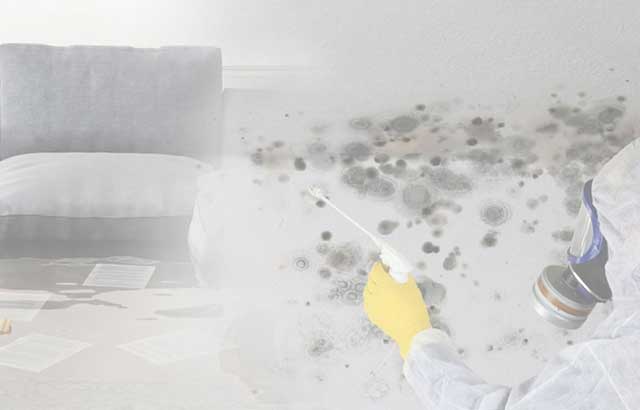How to Avoid Water Damage in Your Bathroom
How to Avoid Water Damage in Your Bathroom
Blog Article
This post following next about How to Prevent Bathroom Water Damage is exceedingly entertaining. Have a go and draw your own assumptions.

The bathroom is extremely susceptible for damp build-up as well as prospective water damages because of the constant use water in it. This post supplies straightforward examination strategies to aid detecting water damages threats.
The constant use water in the washroom makes it exceptionally at risk for moist accumulation and potential water damage. By inspecting it regularly, you can reduce water relevant problems.
The adhering to collection of assessments is simple to carry out and should be done once in every 3 months in order to maintain your shower room healthy as well as to prevent potential water problems brought on by the tub, the shower, pipe joints and plumbing, sinks, cabinets, and also the bathroom
Do not overlook carrying out these inspections and also be detailed while doing them. Bear in mind that these easy inspections can conserve you a great deal of money by providing very early indicators for water damage
Sinks and also Cabinets
Sinks as well as cupboards are exposed to dampness as well as humidity day-to-day as well as are frequently overlooked. Evaluate frequently under the sink and on the kitchen counter over it. Fix any type of drip in the trap as it might suggest drainpipe issues. Take a look around the sink, slow-moving draining pipelines may show a blocked drainpipe. Change sink seals if they are cracked or loosened.
Tub and also Shower
The shower as well as bathtub call for special focus as well as upkeep. Inspect the tiles as well as replace if split. Ensure that there is no missing out on grout in between the ceramic tiles. Evaluate and change cracked caulking at joints where the walls fulfill the floor or the tub. Obstructed drains and also pipes issues will certainly prevent the tub from drying out and may show serious issues under the bathtub. Talk to a specialist instantly to avoid architectural damage. Take note of stainings or soft locations around the bathtub wall surfaces as they may suggest an inner leak.
Plumbing
Signs for water damages are tough to spot given that most pipes are mounted inside the walls.
Pay special focus to flooring and walls wetness and also discolorations as they may indicate an unnoticeable plumbing issue. Examine dampness levels in adjoining spaces also.
The Bathroom
The commode is a prone water joint. Check the water lines and search for leakages around the commode seat, in the hose, as well as under the water storage tank. If you identify any signs of wetness on the flooring around the commode, look for leakages in the toilet edge and also container seals.
Realize that hanging toilet bowl deodorants increases the chances for clogs.
TIPS TO PREVENT WATER DAMAGE IN THE BATHROOM
The average household uses approximately 80-100 gallons of water per person per day. For a family of 4, that's almost 2,500 gallons of water a week! The largest portion of this consumption comes from bathroom use. Flushing the toilet uses the most water, followed by taking a shower or bath. With that much water running through the home, water damage in the bathroom is bound to happen. Knowing how to spot signs of a water leak is essential to preventing long-term damage. This guide provides you with tips to reduce the impact of water damage on your bathroom.
CAUSES OF BATHROOM WATER DAMAGE
Pipe breaks are the most common cause of water damage we see in our daily jobs. The age of a pipe plays a large role in a pipe break as well as corrosion. Over time, the metal begins to break down, allowing water to escape. Frozen pipe breaks are also a concern in the winter months. Toilet overflows caused by paper products or children flushing inappropriate items. Degraded caulking around the toilet or bathtub can allow water seepage, sometimes behind the fixture, into the subfloor or walls. Condensation forms when the water in a pipe is cooler than the air temperature. Beads of water form on the exterior of the pipes, sometimes so much so that the water begins to drip and pool below. Sink or shower backups created by poor drainage. HOW TO PREVENT WATER DAMAGE IN YOUR BATHROOM
Inspect your toilet supply line for worn or frayed hoses and replace them as needed. Winterize your plumbing to prevent a frozen pipe break. Use vent fans to prevent condensation that can lead to mold growth. Routinely check and replace degraded caulking around your toilet or bathtub. Increase the temperature in your toilet tank and insulate your pipes during the warm summer months to keep condensation from forming. Use child safety locks on the toilets. Flush only toilet paper. "Flushable" wet wipes are actually not good for your plumbing system. Additionally, feminine hygiene products should not be flushed. Prevent water from escaping the tub or shower. Make sure shower curtains are in good condition. Inspect shower doors and replace the seal strip if necessary. Wipe up any water that accumulates on the floor and use bath mats. Water left to sit can cause damage to the tiles and flooring. Refrain from using bath products containing heavy oils to avoid a clogged drain.

As a keen reader about How to Prevent Bathroom Water Damage, I thought sharing that chunk was essential. For those who enjoyed our blog posting please remember to share it. Thanks for taking the time to read it.
Call Us Today Report this page